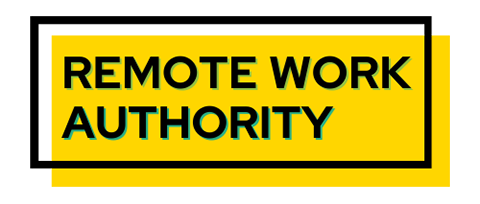Will the office survive? Cisco, which produces many high-tech products to facilitate remote work, determined ways to adapt the office to meet current and future needs so that it does. At Cisco, transforming the office into experience centers has made people want to come to work.
Tech giant Cisco, a multinational with over 266 corporate offices in 87 countries, has innovated its way to dominance in networking hardware, software, telecommunications equipment, and other high-technology services and products in its 40-year history. Fortune, LinkedIn, and Glassdoor rank at the top of the best companies to work for lists.
Since 2021, Cisco has allowed most employees to work remotely. Their current technology offerings facilitate remote work for other businesses, and they have put their tech to work for themselves by Cisco transforming the office into a place where people want to be.
Penn 1: Built For Collaboration
Like Airbnb, Cisco believes that remote and hybrid work are the future of the white-collar segments of many businesses. They understand that this means the office is changing. They have “put their money where their mouth is” to design and redesign offices that meet the needs of a hybrid workforce. In New York City, for example, they spent $18 million on Penn 1 in Manhattan to create a workspace built for collaboration.
Currently, they have opened a new campus in Atlanta that pulls together area suburban offices in a new building in midtown central city. Bob Cicero, America’s smart building leader at Cisco, notes that redesign shows a major shift in the company’s thinking about work, which is now based on collaboration. “Our floor plates used to build 30% of ‘We’ space and 70% of ‘Me’ space. “We’re flipping that.”
In a Forbes article, the company describes the new facility as an experiential workplace that is “part product showcase, part employee meeting spot, part recruiting hub” and, hopefully, “a magnet for employees—rather than forcing a mandated number of days in office, as other companies are requiring.”
The Atlanta build, which the company refers to as a customer experience center or collaboration center, utilizes five trends that other companies might take note of.
Reclaim The City
Companies who own or rent large amounts of space in the city feel pressure when employees don’t show up to use it. Office vacancy rates are still high, which uses company resources, compromises the future of mortgage banks, and squeezes small businesses that supply area workers.
Cisco has made a choice to consolidate suburban offices into attractive facilities in the city that workers want to utilize. It hoped that its many remote and hybrid workers would choose to come to the office, so it turned its offices into magnetic centers with space to collaborate and excellent technology.

Make Worthwhile To Commute
Commuting is costly for many employees – a fact that many learned more clearly when they were not expected to come to the office during COVID-19. Cisco realized that employees need to have a return on investment in commuting. One way they do that is by planning events that make people come to the office. For example, they have held leadership summits for black employees and all-hands meetings where everyone’s presence in person was encouraged.
Prior to work shutdowns in 2020, Cisco already had 15% of its workforce working remotely. The company was used to being flexible to accommodate people. As they authorized remote work for anyone whose job lends itself to it in 2021, they want to see their employees gather, socialize, and collaborate. When commuting is as costly, time-consuming, and infuriating as it is in Los Angeles, Chicago, or New York City, Cisco makes coming into the office appealing.
Make Conference Tables Welcoming To All
Companies typically furnish their offices and then introduce the technology. Cisco reversed this in their New York Penn 1 venture, putting the technology in place before furniture, which allowed the company to position cameras, sensors, and other equipment installed liberally around the facility.
In conference rooms built to accommodate high-quality audio and video calling for meetings, they were concerned about making remote employees feel part of the team. They redesigned conference tables with a truncated triangle design, with the widest part of the table closest to the camera. Remote employees participating in the meeting have a line of sight with everyone who is participating in person. Part of the goal was to end “digital inequality” between those in the office and those working remotely.

Note Where Employee Interactions Are Taking Place
In some companies, employees might regard the type of technology found throughout Cisco might view as a corporate attempt to spy on them. At Cisco, there is such a focus on making decisions about space usage based on data that employees take the cameras in stride.
The purpose of installing technology in every room is to see what rooms people are using and how many people are there. In planning their New York renovation, Cisco had many small rooms set aside for employee collaboration. The data show that people were more likely to sit down at a table or coach in an open area and collaborate with coworkers. This knowledge helped them set up fewer private rooms and more open spaces in Atlanta.
Figure Out How To Incorporate Remote Work
While Cisco supports remote work, they know that having office space to come to is important. The company has planned their offices that encourage staff to come, whether it’s a day or two a week or periodically.
Cisco has redesigned offices in Chicago and plans to move on to Austin, Raleigh, and other cities.
Few companies have pockets as deep as Cisco to put into office design. Their principle of making the office a place employees want to come to interact with others is one every company can incorporate.


